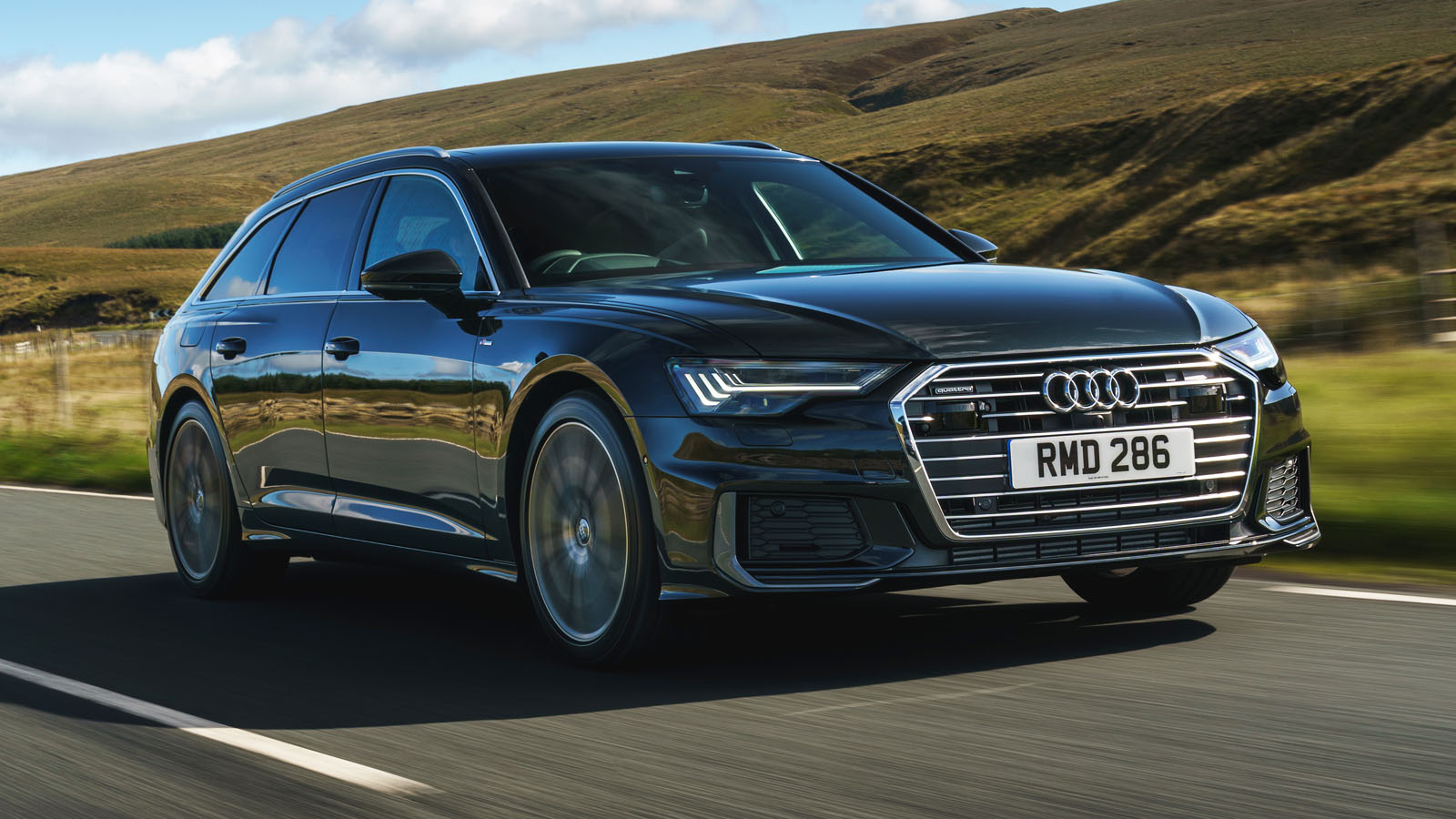In today’s increasingly polluted world, the quality of the air we breathe inside our vehicles is no longer a luxury consideration—it’s a necessity.
As drivers and passengers spend more time commuting, road-tripping, and navigating congested cities, the air inside the cabin can directly impact respiratory health, focus, comfort, and even long-term well-being.
Unfortunately, while much attention is paid to vehicle performance, safety ratings, and fuel efficiency, cabin air filtration remains an overlooked yet critical component of modern vehicle design.
Many consumers assume that all cars come equipped with effective cabin air filters, but the reality is far more complex.
Some automakers have begun to prioritize advanced cabin filtration systems capable of removing not just dust and pollen, but also harmful particulates like PM2.5, volatile organic compounds (VOCs), nitrogen dioxide, and even bacteria and viruses.
These are often found in premium models or vehicles targeting health-conscious drivers, urban dwellers, or families with children.
On the other hand, a significant number of vehicles—especially those in the entry-level and budget categories—continue to skimp on cabin air filtration, offering little to no protection against the contaminants that fill our airways during daily commutes.
Adding to the challenge is the rise in environmental hazards, such as wildfire smoke, industrial smog, heavy pollen seasons, and highway pollution, all of which intensify the need for advanced air purification inside vehicles.
The cabin filter is not just a dust screen; in many high-end models, it has evolved into a multi-layered, sensor-integrated system designed to maintain a clean, odor-free, and allergen-reduced interior.
Automakers like Tesla, BMW, and Mercedes-Benz have made notable strides in incorporating HEPA filters and advanced filtration algorithms that respond dynamically to external air conditions.
Meanwhile, some of their lower-priced counterparts, including popular compact sedans and budget crossovers, continue to use basic mesh or paper filters that are barely more effective than a coffee filter.
This article explores two sides of the automotive air quality equation. First, we spotlight five vehicles that lead the way with advanced cabin filtration systems, giving drivers peace of mind in even the most polluted environments.
These models are not just technologically sophisticated—they are designed with air quality as a core feature, often including activated carbon layers, HEPA-grade filters, and intelligent recirculation systems that adapt in real time.
You’ll find vehicles that go above and beyond with air ionization, antibacterial treatments, and sensors that automatically detect and remove harmful gases from the cabin environment.
In the second half, we take a critical look at five vehicles that fall short—models that may be popular for their price, style, or utility but are lacking when it comes to keeping the air inside clean and safe.
Whether due to cost-cutting measures, dated HVAC design, or a lack of awareness from the manufacturer, these vehicles offer little protection from the invisible threats that ride along with us.
In some cases, the filters are so underpowered-or—or completely absent—that drivers may unknowingly be exposing themselves and their families to harmful air each time they hit the road.
Whether you’re a parent trying to protect your children from allergens, an urban dweller surrounded by smog, or simply someone who spends a lot of time in traffic, understanding the strengths and weaknesses of vehicle cabin filtration systems can help you make better buying decisions.
This guide is your deep dive into the best and worst that today’s vehicles have to offer in the fight for clean cabin air.
Also Read: 5 Sedans With Highest Top Speeds And 5 With Governors
5 Vehicles with the Best Cabin Air Filters
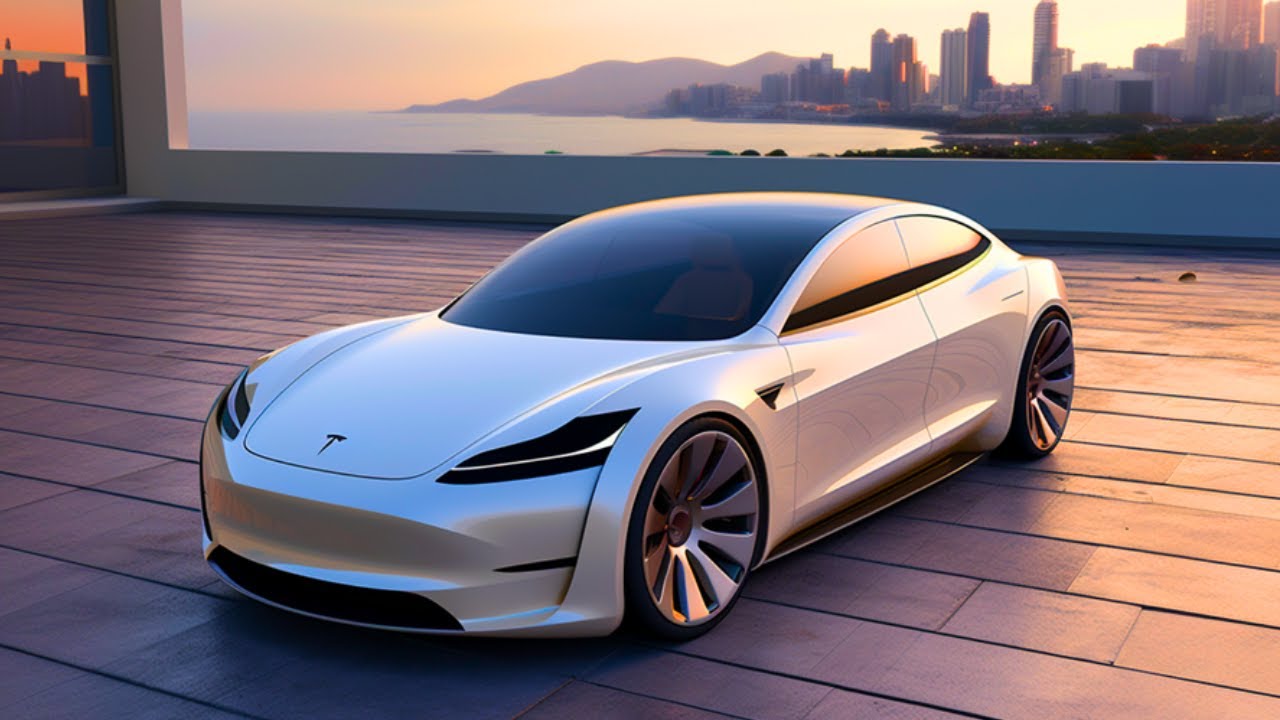
1. Tesla Model S – A Filtration Fortress on Wheels
Tesla’s commitment to air quality is not just a marketing gimmick—it’s embedded in the engineering DNA of the Model S.
Perhaps the most standout feature of the vehicle is its Bioweapon Defense Mode, which employs a massive HEPA (High-Efficiency Particulate Air) filter, borrowed from hospital and aerospace applications. This isn’t a marginal upgrade to traditional cabin air filters; it’s an entirely different level of protection.
The filter is capable of removing 99.97% of particles as small as 0.3 microns, which includes pollutants such as PM2.5 and PM10, as well as biological contaminants like pollen, mold spores, bacteria, and even some viruses.
Combined with activated carbon layers, it can also absorb odors, volatile organic compounds (VOCs), and harmful gases such as nitrogen dioxide.
From a design perspective, Tesla integrates this filtration system into an airtight cabin structure, which allows the filter to do its job more efficiently. The pressurization of the cabin when Bioweapon Defense Mode is activated ensures no unfiltered air leaks into the interior.
In effect, the entire vehicle becomes a clean-air bubble—one that’s particularly valuable during wildfire seasons, smoggy commutes, or while idling in heavy traffic.
Tesla even showcased this system in a test by placing a Model X in a bubble filled with extremely polluted air, and within minutes, the cabin air was reported to be cleaner than a typical hospital room.
While the test may have had promotional flair, it highlighted the capability of the hardware involved.
User experiences also validate Tesla’s claims. Owners living in cities with high air pollution, such as Los Angeles, New Delhi, or Beijing, have reported significantly fewer respiratory issues, reduced allergic reactions, and minimal odor exposure.
Additionally, the system is relatively intuitive, activating automatically under poor air conditions but also allowing manual override.
Tesla’s infotainment system even displays real-time air quality statistics, giving drivers visual confirmation of the cabin’s protection level.
The tangible difference in “breathability” when stepping into a Tesla from a conventional ICE vehicle is frequently noted in owner forums.
On the maintenance side, Tesla recommends replacing the HEPA filter every 2–3 years, which is less frequent than traditional filters but at a higher cost due to its size and complexity.
While some owners may balk at the price, most agree it’s a worthy trade-off for the health benefits.
When compared to nearly any vehicle on the market, the Tesla Model S sets an unparalleled standard for cabin air quality, fusing cutting-edge health protection with luxurious, high-tech ambiance.
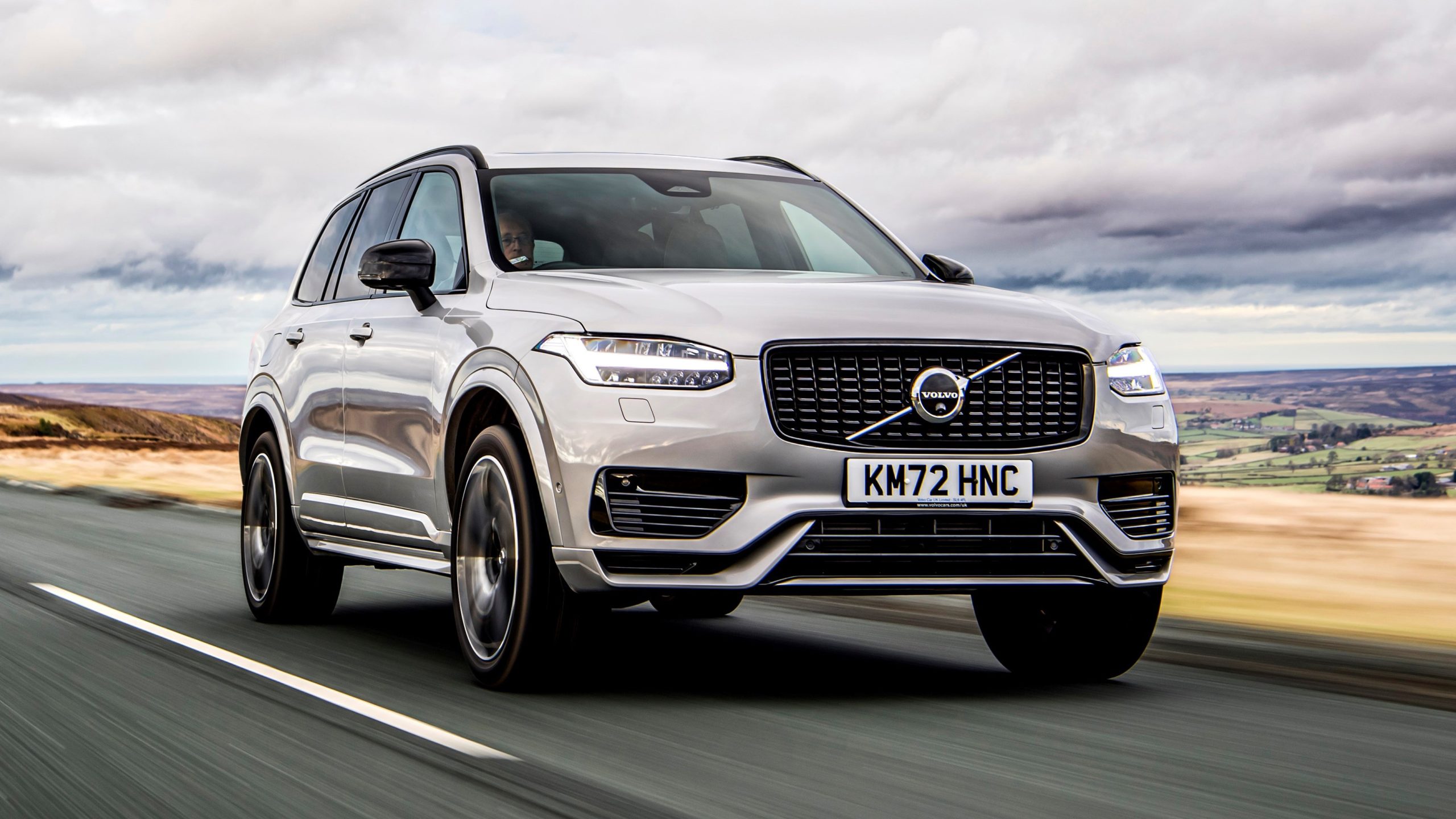
2. Volvo XC90 – CleanZone Leadership and Scandinavian Air Ethics
Volvo, true to its heritage of prioritizing human safety and environmental responsibility, has engineered the XC90 with one of the most advanced cabin air management systems in the non-EV luxury segment.
The brand’s CleanZone® system is not just a filter; it’s a philosophy rooted in maintaining a clean, allergen-free, and low-chemical environment inside the vehicle.
Volvo’s approach is holistic—it combines mechanical filtration, cabin design, real-time sensing, and even material choices to create a consistently purified cabin atmosphere.
At the heart of CleanZone is a multi-layered particulate and activated charcoal filter, which removes dust, smoke, pollen, and other irritants. It’s particularly effective for individuals suffering from asthma or hay fever.
The filtration system is paired with an air quality sensor that actively measures incoming air and closes external vents if high levels of pollutants like nitrogen dioxide or ozone are detected.
The XC90 doesn’t just block pollutants; it proactively seals the cabin to protect its occupants. This intelligent automation means drivers don’t need to monitor air settings themselves—the car responds in real-time to environmental changes.
Equally important is the interior material selection. Volvo limits the use of plastics, glues, and fabrics that emit volatile organic compounds. Instead, they use sustainably sourced, low-emission materials that reduce the ‘new car smell’—which is often caused by off-gassing chemicals.
This attention to materials ensures that even internally generated pollutants remain minimal. It’s a decision often overlooked by competitors, but it plays a crucial role in long-term cabin health, especially for children or those with chemical sensitivities.
Driver testimonials consistently praise the XC90’s fresh, clean interior feel, even after years of ownership. Volvo also includes a pre-ventilation feature that airs out the cabin before you enter, further reducing any buildup of stagnant air.
Filter replacements are affordable and easy to access, making ongoing maintenance simple for the average owner. Altogether, the XC90 offers a best-in-class air quality experience—ideal for families, urban professionals, and health-conscious drivers who demand more than just luxury aesthetics.
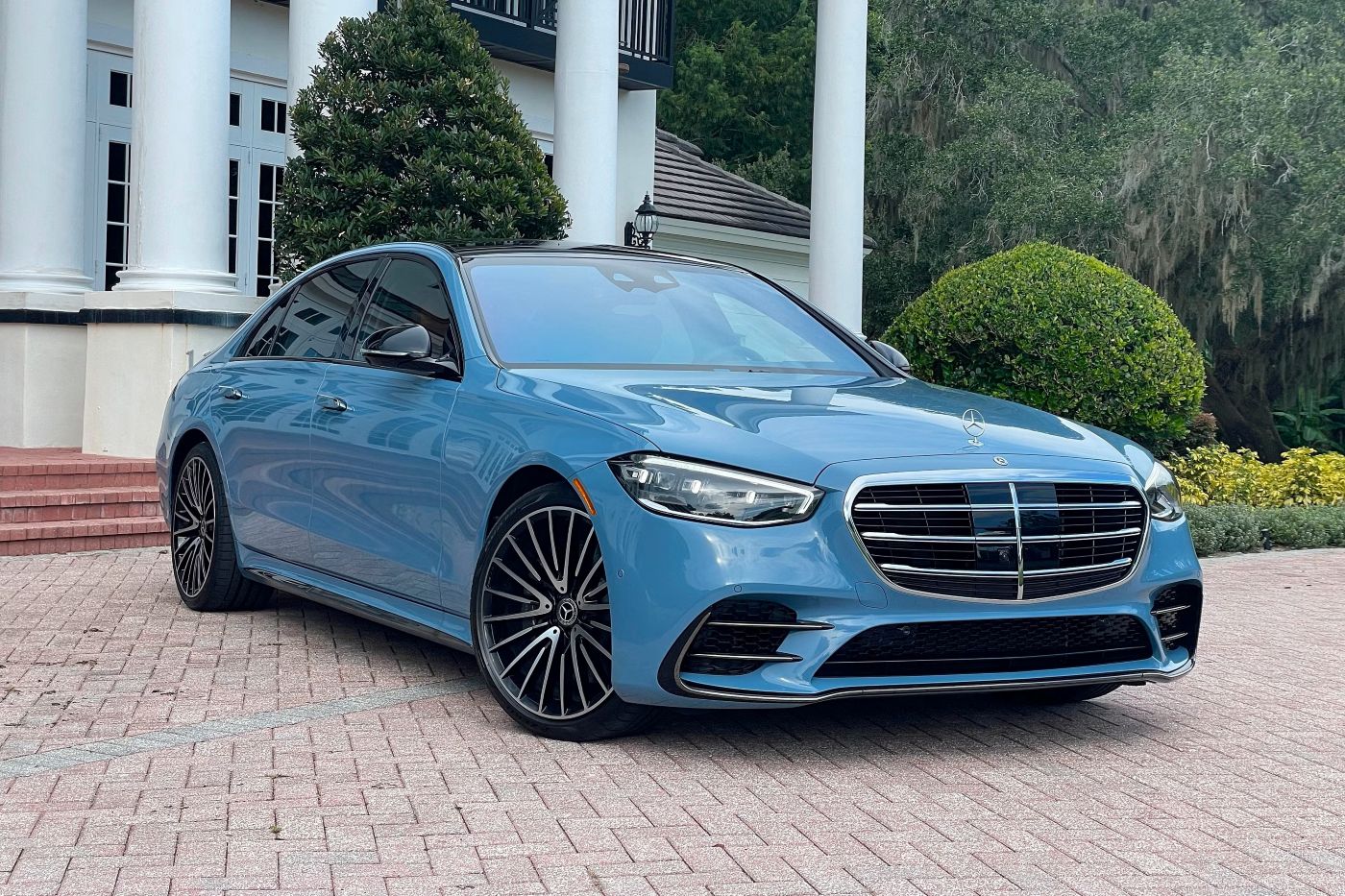
3. Mercedes-Benz S-Class – Luxury Meets Medical-Grade Filtration
The Mercedes-Benz S-Class has long stood as a symbol of automotive excellence, but its commitment to interior air quality is one of its lesser-known but deeply impressive attributes.
Central to this is the AIR BALANCE package, which includes ionization, fragrance diffusion, and highly efficient cabin air filtration.
The system integrates an activated charcoal-based filter with multi-layer particulate trapping, designed to capture even microscopic allergens and toxic gases like benzene and formaldehyde—often found in urban smog.
The ionizer element of AIR BALANCE deserves special attention. It releases negatively charged ions into the cabin air, which bond with airborne particles, causing them to clump and fall out of the breathing zone.
This not only improves filtration efficiency but also reduces the presence of airborne bacteria and viruses. While not marketed as a medical-grade solution, Mercedes’ implementation of ionization mimics what is used in cleanroom environments and some hospital systems.
Combined with the large surface area of the S-Class filters, the result is an air quality that genuinely feels fresher and cleaner.
Beyond filtration, the S-Class’s cabin climate system is designed to maintain optimal humidity and temperature levels, which helps reduce dust agitation and prevents the growth of mold or mildew in the HVAC system.
The optional cabin fragrance diffuser—although more of a luxury than a necessity—ensures a personalized scent experience without the VOC load of hanging air fresheners.
Unlike synthetic cabin sprays, the fragrances used are designed to be hypoallergenic and are diffused in such small quantities that they don’t interfere with filtration.
User reviews often mention that after long drives in congested cities or tunnels, the interior of the S-Class feels untouched by outside pollution. Passengers frequently remark on the absence of that telltale “urban traffic” smell that lingers in many vehicles.
For business executives, elderly passengers, or anyone sensitive to air impurities, the S-Class delivers a near-surgical level of air protection.
Though filter replacement is best handled at authorized service centers due to its complexity, the longevity and efficacy of the system make it a high-value offering in the luxury market.
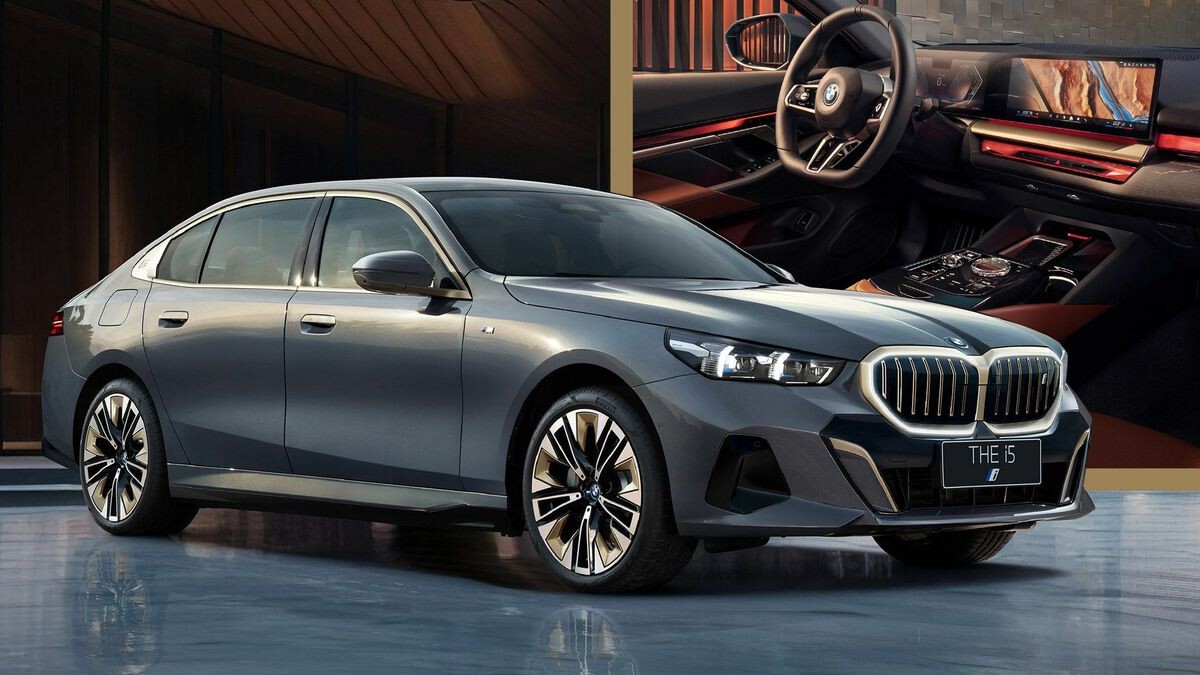
4. BMW 5 Series – Precision Engineering Meets Quiet Cleanliness
While BMW’s 5 Series is typically praised for its performance and tech-savvy features, its HVAC and air purification systems are engineering feats in their own right.
The 5 Series comes equipped with multi-zone climate control and advanced cabin filtration, including options for nano-fiber filters in higher trims or packages.
These filters capture a wider range of particles, including ultrafine pollutants that can exacerbate respiratory conditions or cause fatigue during long trips.
What distinguishes BMW’s filtration system is its integration with the overall vehicle architecture. The brand emphasizes airflow geometry, ensuring even and pressurized distribution of filtered air across all cabin zones.
Unlike vehicles with inconsistent vent outputs, the 5 Series provides balanced delivery of clean air, meaning that rear-seat passengers receive the same air quality as those up front.
The system also uses pre-conditioning capabilities that can ventilate and cool the car remotely before entry, reducing exposure to built-up allergens or heat-induced off-gassing.
BMW’s use of anti-microbial coatings on certain air passage surfaces helps suppress the growth of mold and bacteria in the ducts—an issue many vehicles struggle with, particularly in humid regions.
Combined with the frequent recirculation of air during high pollution detection, this significantly reduces cabin contaminants over time.
The vehicle even allows for user-customized settings that prioritize outside air intake or full recirculation, depending on personal preferences or local air conditions.
Long-term owners appreciate that the interior of the 5 Series maintains a “crisp” feel, free from musty smells or dusty residue, even after years of use. Maintenance is simple, with filters accessible during standard service intervals.
Though BMW doesn’t lean heavily into health-focused marketing, its dedication to engineered air purity is quietly evident in the 5 Series, making it an excellent choice for drivers who value both performance and environmental quality.
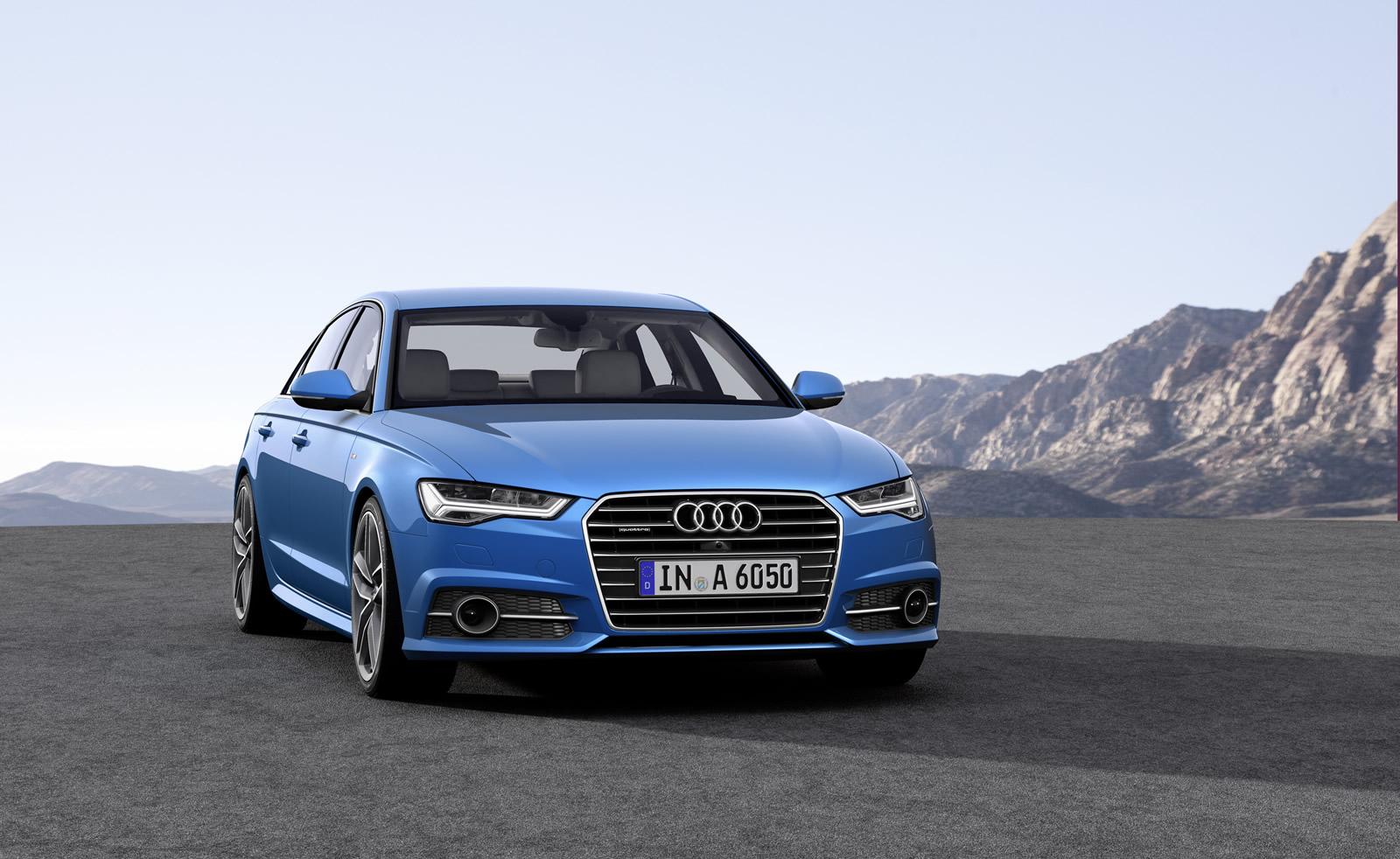
5. Audi A6 – Quiet Performer with Intelligent Filtration
Audi may not boast about its cabin air systems as loudly as Tesla or Volvo, but the A6’s filtration capabilities are quietly among the best in its class. Utilizing a blend of activated carbon and electrostatically charged filters, the A6 traps a wide spectrum of pollutants—from industrial soot and pollen to airborne spores and light hydrocarbons.
The result is an environment that consistently feels fresh, even during prolonged exposure to city driving or poor air conditions.
One of the key strengths of the Audi A6’s system is its adaptive ventilation logic. Using sensors that detect carbon monoxide and nitrogen dioxide concentrations outside the vehicle, the system adjusts air intake settings automatically.
This helps the vehicle avoid bringing in tainted air during rush hour traffic or while idling near diesel trucks. The system favors recirculation when necessary and returns to fresh intake when conditions improve—this seamless transition ensures maximum air quality without driver input.
Audi also emphasizes climate comfort, integrating air filtration with zoned temperature controls that allow front and rear passengers to manage their micro-environments.
The consistency of airflow and filtration ensures that passengers with different sensitivities aren’t compromised, making it a strong choice for family vehicles or carpool scenarios. The vents are also positioned ergonomically, which minimizes turbulence and dust disruption inside the cabin.
Although the A6 doesn’t offer a HEPA filter by default, its filtration system still outperforms many premium competitors due to its intelligent management and well-built HVAC internals. Maintenance is streamlined, with most filters easily accessible behind the glove box.
Owners report minimal dust buildup and consistently fresh-smelling interiors, even in older models. It’s a high-performance sedan that quietly supports occupant well-being, delivering comfort and cleanliness without flashy marketing or constant manual intervention.
5 Vehicles with Poor Cabin Air Filtration
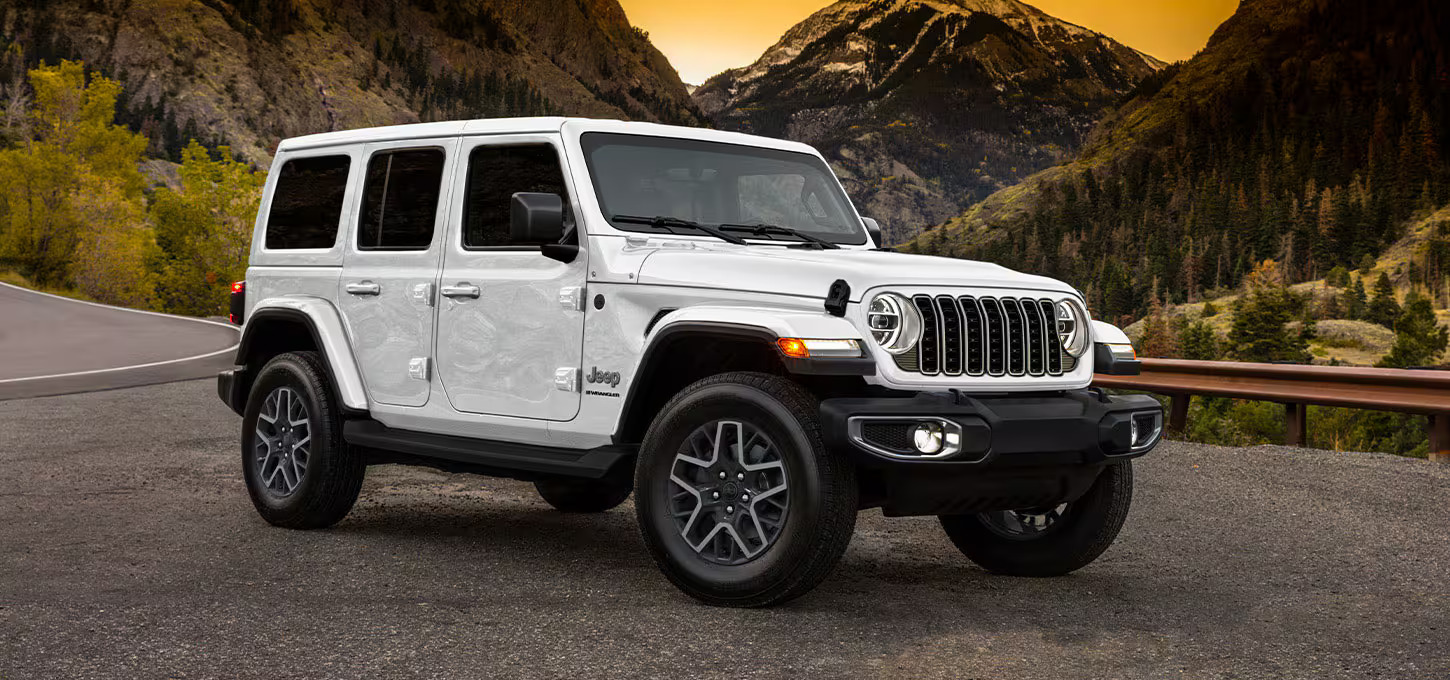
1. Jeep Wrangler – Rugged Outside, Compromised Inside
The Jeep Wrangler is synonymous with off-road adventure, freedom, and utility—but when it comes to cabin air quality, it’s far from ideal.
One of the core issues lies in the Wrangler’s utilitarian and open-air design, which prioritizes exposure to the environment rather than protection from it.
Most Wranglers, especially the older and mid-trim variants, feature basic air filtration systems that lack advanced particulate or VOC filtering, often relying on a single-stage pollen filter—if one is installed at all.
In fact, earlier models didn’t even come with cabin air filters unless installed as an aftermarket add-on.
Wrangler’s signature removable doors and roof panels mean its cabin is more exposed to dust, pollen, and road particles than fully enclosed vehicles. While this is part of its off-road charm, it creates challenges for maintaining a clean and allergen-free interior.
Fine particulate matter, especially during trail runs or desert driving, easily makes its way into vents, seat fabric, and ductwork.
The HVAC system simply isn’t equipped with multi-stage filtration or high-efficiency dust trapping mechanisms, which can lead to accumulation of dust and allergens inside the vehicle over time.
From a maintenance standpoint, the HVAC system in the Wrangler is often overstressed and overused.
Owners who drive in arid or muddy terrain report frequent clogging of the evaporator fins and ducts, leading to moldy smells and poor airflow.
Additionally, since Wranglers are regularly driven in rugged, dirty conditions, the cabin filter—if present—must be replaced far more frequently than typical vehicles.
Unfortunately, many drivers aren’t even aware their vehicles require this service due to the lack of strong emphasis from the manufacturer on air quality maintenance.
User feedback reflects this air quality deficit. Wrangler owners often report musty cabin smells, high allergy aggravation during pollen season, and visible dust film on dashboard surfaces after short off-road trips.
While Jeep fans may accept these downsides in exchange for open-air versatility, from a health perspective, the Wrangler is a poor performer.
Drivers with respiratory sensitivities, pets, or young children may find this vehicle especially unsuitable unless they invest in third-party cabin air upgrades or significantly limit outdoor exposure.
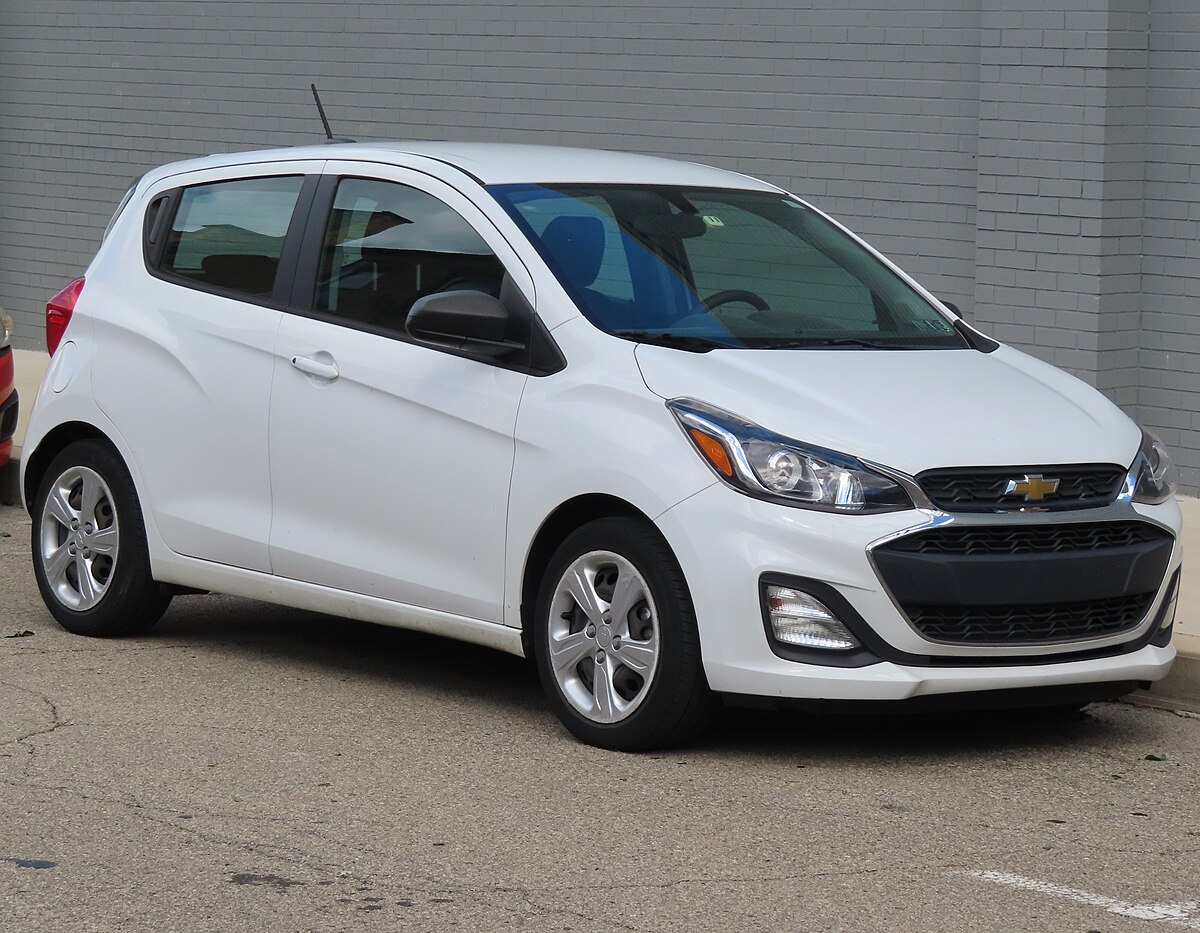
2. Chevrolet Spark – Economical Price, Economical Filtration
The Chevrolet Spark is designed to meet the needs of budget-conscious drivers—offering fuel efficiency and a compact footprint for city driving.
However, one of the areas where cost-cutting becomes apparent is in the vehicle’s air filtration system, which is minimal at best.
The Spark does not come standard with a high-grade cabin air filter, and in many trims, especially lower-end models, filtration may be completely absent unless retrofitted post-purchase. This makes it a significant outlier in modern vehicles, where even basic filtration is the norm.
Without proper filtration, the Spark allows dust, pollution, and allergens to enter the cabin freely, especially in urban environments where exhaust fumes and fine particulates are more concentrated.
The vehicle’s HVAC system is small and relatively unsophisticated, offering weak airflow that does little to circulate and clean the interior air.
Compounding this problem is the limited recirculation control; the system often defaults to drawing in outside air, exposing passengers to harmful gases like nitrogen dioxide, especially in traffic.
Over time, these issues manifest in very noticeable ways. Owners report excessive windshield fogging that’s harder to clear due to clogged evaporator fins, poor-smelling air from the vents, and visible soot buildup on the dashboard and upholstery.
Since the Spark often serves as a commuter car or a rideshare workhorse, this level of interior pollution poses a health risk to frequent passengers and drivers alike.
Additionally, Spark interiors use budget-grade plastics and adhesives that may off-gas VOCs into the cabin—compounded by the lack of active filtration.
From a serviceability standpoint, it’s also problematic. Some owners don’t even realize their Spark has a slot for a cabin air filter until years into ownership—and by that time, HVAC efficiency is already reduced.
In short, while the Spark might save you money upfront, it offers very little in the way of respiratory protection or long-term cabin cleanliness. It’s a poor fit for drivers with allergies, asthma, or a desire for refined interior air.
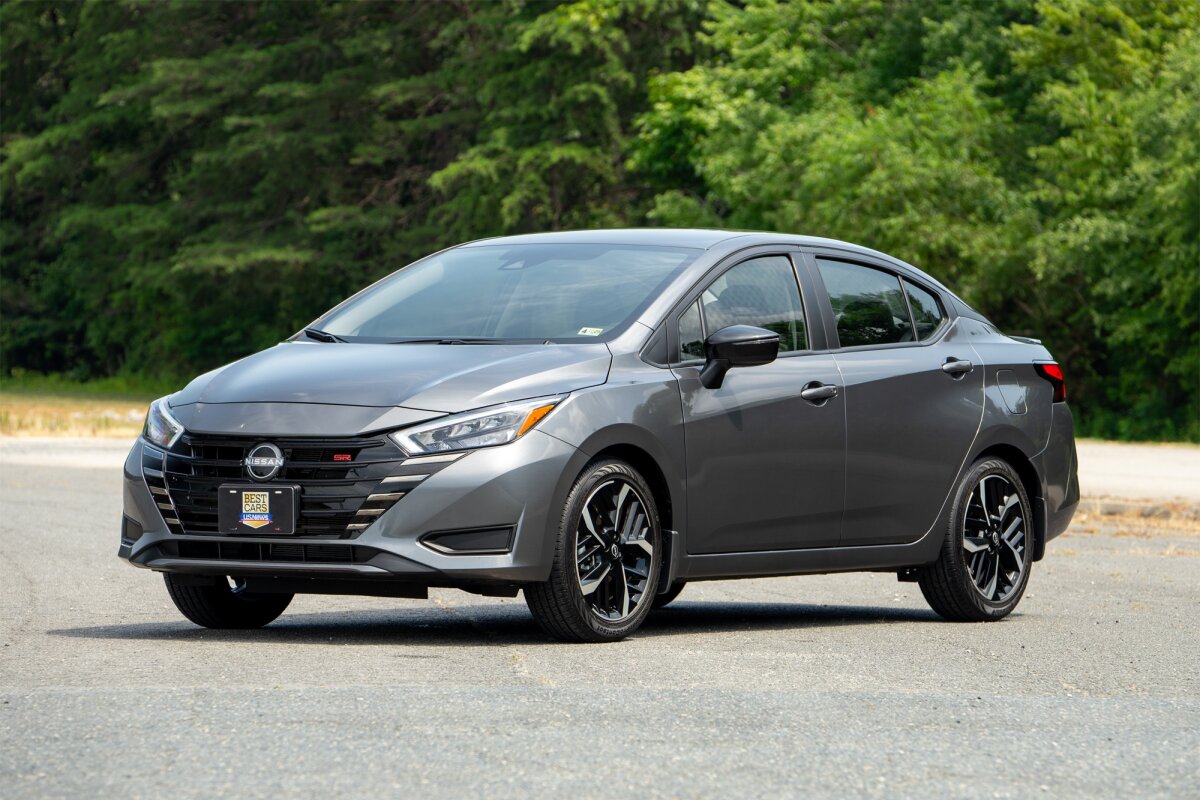
3. Nissan Versa – Minimalist HVAC, Maximum Exposure
The Nissan Versa has made its name as a practical, entry-level sedan that gets you from point A to point B. However, when it comes to interior air quality and HVAC sophistication, the Versa remains one of the least developed vehicles in its class.
While newer models now offer basic cabin air filters, older versions either lacked them entirely or came with low-efficiency filters incapable of trapping finer pollutants like PM2.5.
Moreover, Nissan does not include HEPA or activated carbon filter options for the Versa, leaving owners with no choice but standard paper filters.
The Versa’s air intake system is poorly sealed, which results in significant air leakage and external particulate intrusion. This is especially concerning in urban or industrial settings, where ambient air contains vehicle exhaust, construction dust, and even airborne chemical residues.
Without a robust filtration solution, this polluted air is funneled directly into the cabin every time the fan runs. Combined with relatively poor air circulation mechanics, this creates hotspots of unfiltered air in different cabin zones.
Maintenance practices exacerbate the problem. Nissan’s service intervals for HVAC inspections on the Versa are minimal, and owners often remain unaware of the need to replace cabin filters annually.
Even when replaced, the factory default filters do little to mitigate odors, allergens, or industrial pollutants. The result is a vehicle interior that begins to feel stale, stuffy, or outright unpleasant within just a year of use, especially in areas prone to heavy traffic or seasonal pollen surges.
Aesthetic simplicity is part of the Versa’s DNA, but that includes a lack of climate sensors, air quality indicators, or intelligent recirculation features that are now increasingly common even in mid-tier cars.
Without the ability to detect and respond to poor air, the Versa exposes occupants to more environmental stress than they might realize. It’s a cautionary tale that affordability often comes at the cost of long-term health comfort.
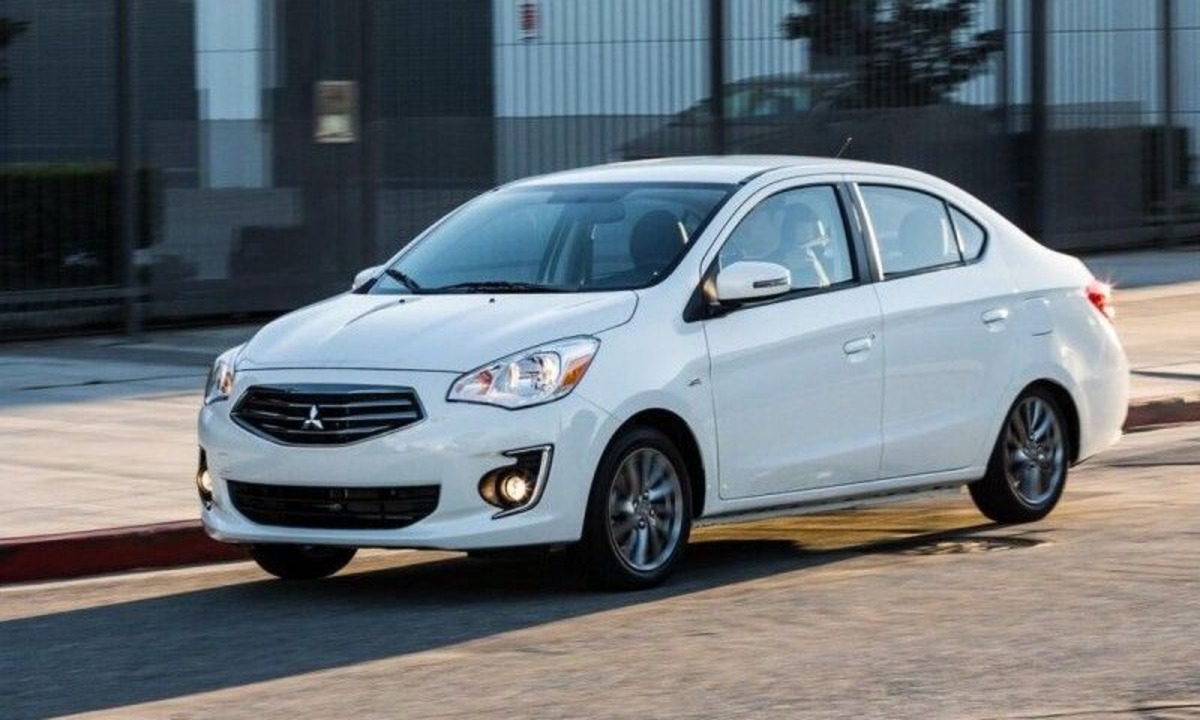
4. Mitsubishi Mirage – Cheap to Buy, Costly to Breathe
The Mitsubishi Mirage is often chosen for its incredibly low purchase price, small size, and high fuel efficiency. However, it also embodies the pitfalls of cost-saving design in critical systems, including its basic and largely ineffective cabin air filtration. Most Mirage trims are equipped with single-layer paper filters that lack activated carbon or electrostatic properties.
This minimal filtration design barely traps large particles like pollen and is largely ineffective against harmful fine particulates or chemical odors.
In terms of real-world performance, the Mirage’s HVAC system struggles even in mild weather conditions. It delivers inconsistent airflow, and due to the weak blower motor and basic ducting, air distribution across the cabin is spotty.
The system lacks a pre-conditioning or smart recirculation mode, meaning drivers are often unknowingly breathing in outside air full of pollutants, especially in congested or polluted zones.
Air intake ports near the hood scoop in the Mirage are also prone to clogging with debris due to poor mesh coverage and no pre-filter barrier.
Mitsubishi’s use of low-cost interior materials also contributes to poor indoor air quality. Cheap plastics, adhesives, and synthetic seat coverings are known to off-gas VOCs—especially in warmer climates.
Since the filtration system does little to absorb these chemicals, occupants often report headaches, nausea, or respiratory discomfort after long drives. These symptoms are not simply a matter of perception; they’re rooted in a measurable lack of environmental control inside the cabin.
Long-term Mirage owners frequently encounter issues such as mildew smells, dusty dashboards, and clogged A/C systems due to neglected filter maintenance or poor air hygiene. What little protection the cabin offers often deteriorates further within the first couple of years.
For drivers looking for more than just basic transportation—especially those with kids or respiratory health concerns—the Mirage’s poor filtration performance is a serious red flag that goes well beyond cosmetic complaints.
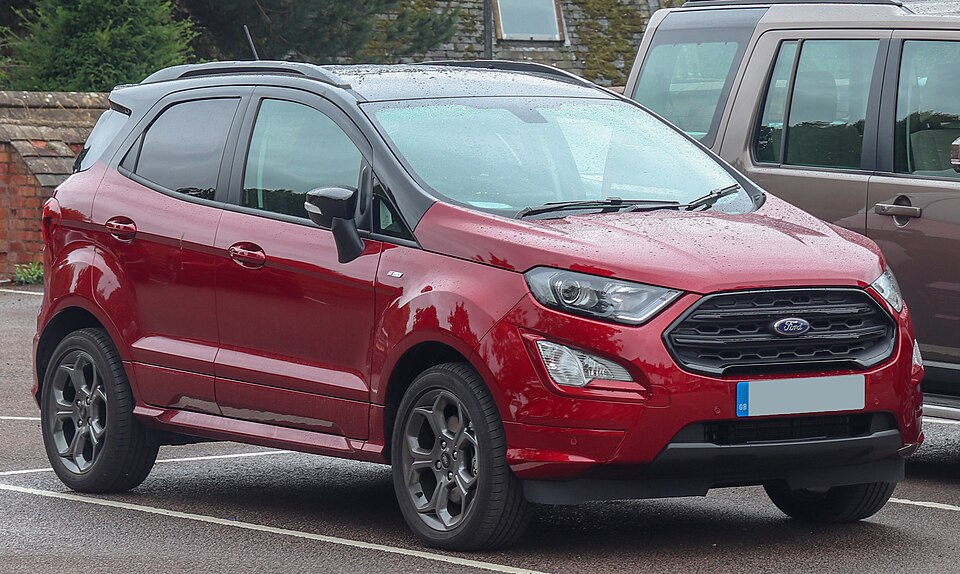
5. Ford EcoSport – A Crossover That Lags Behind
The Ford EcoSport was introduced as a compact SUV alternative for drivers seeking urban maneuverability with SUV-like versatility. But while it may deliver on size and economy, it lags significantly behind in air filtration capability.
Although Ford includes a standard cabin filter in the EcoSport, it’s a non-upgradable, low-efficiency model that does little beyond stopping larger particulates.
There’s no HEPA-grade or multi-stage filter option, even as an upgrade, which puts the EcoSport behind many competitors in its segment.
The EcoSport’s HVAC system also lacks integration with any form of air quality monitoring. There are no sensors to detect elevated CO2 levels or environmental toxins, and the recirculation function is manual and non-intelligent.
This makes it easy to forget or overlook air settings while driving through poor-quality air, tunnels, or during wildfires. Unlike higher-end Ford models like the Explorer, the EcoSport simply wasn’t designed with advanced cabin air quality in mind, resulting in stagnant or contaminated air under many common driving conditions.
Interior material quality contributes to the problem. The EcoSport uses mid-grade plastics and synthetic seat fabrics that contribute to interior VOC build-up, especially when parked in hot climates.
Without activated charcoal layers or off-gas neutralizers in the filter, these internal emissions accumulate over time.
Owners often notice “that smell” reappearing within weeks of cabin detailing, and many report lingering odors from pets, food, or mildew due to the system’s limited airflow and weak deodorization.
User reviews echo these design flaws, often mentioning that despite the SUV’s modern looks, its interior “feels dated and stuffy” within just a few years of ownership.
For families or commuters, this can be more than just a nuisance—it becomes a health concern, especially during allergy seasons or flu outbreaks. The EcoSport, despite its intentions to be a city-friendly crossover, unfortunately falls short in keeping the air inside the cabin truly safe or comfortable.
Also Read: 5 SUVs With Best Panoramic Roofs And 5 With Small Sunroofs
As our journey through the world of cabin air filtration comes to a close, it becomes abundantly clear that not all vehicles are created equal when it comes to protecting their occupants from airborne pollutants.
While the industry as a whole is beginning to awaken to the importance of interior air quality, the gap between the best and worst performers remains wide, and the consequences of this disparity are more than cosmetic.
They affect everything from short-term driver alertness to long-term respiratory health, especially for sensitive groups like children, allergy sufferers, and those with asthma or chronic conditions.
Vehicles that lead the way in cabin air filtration—such as the Tesla Model Y, Mercedes-Benz S-Class, and BMW iX—are not simply equipped with better filters; they are designed from the ground up with air quality in mind.
These models feature multi-stage filtration systems, HEPA-level protection, carbon-activated odor neutralization, and intelligent sensors that adapt ventilation and airflow based on external air conditions.
Their cabins are engineered to be clean sanctuaries, cutting off the external world’s pollutants while maintaining an optimal microclimate inside.
For anyone living in a smog-heavy city, wildfire-prone region, or areas with high pollen counts, these vehicles provide a tangible health benefit that goes far beyond comfort.
The ripple effects of good cabin air quality can be surprising. Studies show that high levels of carbon dioxide and fine particulates inside a car cabin can impair concentration, increase fatigue, and even contribute to road rage or poor driving performance.
On longer drives, poor air quality can lead to dry eyes, coughing, sneezing, or headaches—symptoms that can be reduced or eliminated with the use of better HVAC and filter technology.
The best-performing vehicles take these risks seriously and offer drivers a proactive way to safeguard their health, even in the most challenging air conditions.
In contrast, the vehicles that perform poorly in cabin air filtration—like the Jeep Wrangler, Chevrolet Spark, Nissan Versa, Mitsubishi Mirage, and Ford EcoSport—highlight a troubling trend. Despite being popular, accessible, and practical in many respects, these models often fall behind on basic air hygiene.
Whether due to open-air designs, outdated HVAC systems, or cost-cutting in filter technology, these vehicles allow harmful air contaminants to enter the cabin unchecked.
For drivers who commute daily, drive with children, or travel through high-pollution areas, these shortcomings are not just minor annoyances—they can have real health consequences over time.
What’s even more concerning is that many owners of these lower-performing vehicles are unaware of how vulnerable they are to air pollutants.
Automakers often downplay or omit details about the type of filtration used, and service intervals for cabin filters are rarely emphasized at dealerships.
In many cases, consumers don’t even know they can upgrade to better filters or that their vehicles even have a slot for one.This lack of transparency and education around air quality creates a blind spot for buyers, particularly in an era where respiratory health is increasingly top of mind.
Ultimately, cabin air filtration should no longer be seen as a luxury—it is a standard of care, especially in an age of rising pollution, environmental instability, and health awareness.
As buyers, we need to demand more from automakers in this regard, prioritizing clean air alongside crash safety, fuel economy, and tech features.
If you’re in the market for a new vehicle or evaluating your current one, consider what’s circulating through your vents.
The air you breathe behind the wheel can—and should—be as clean as possible. And now, with the knowledge of which vehicles shine and which fall short, you’re better equipped to make that choice.

